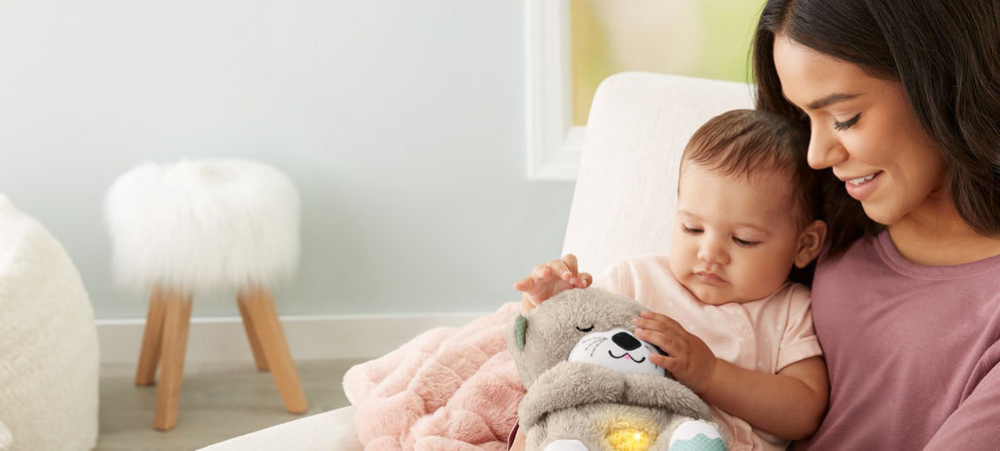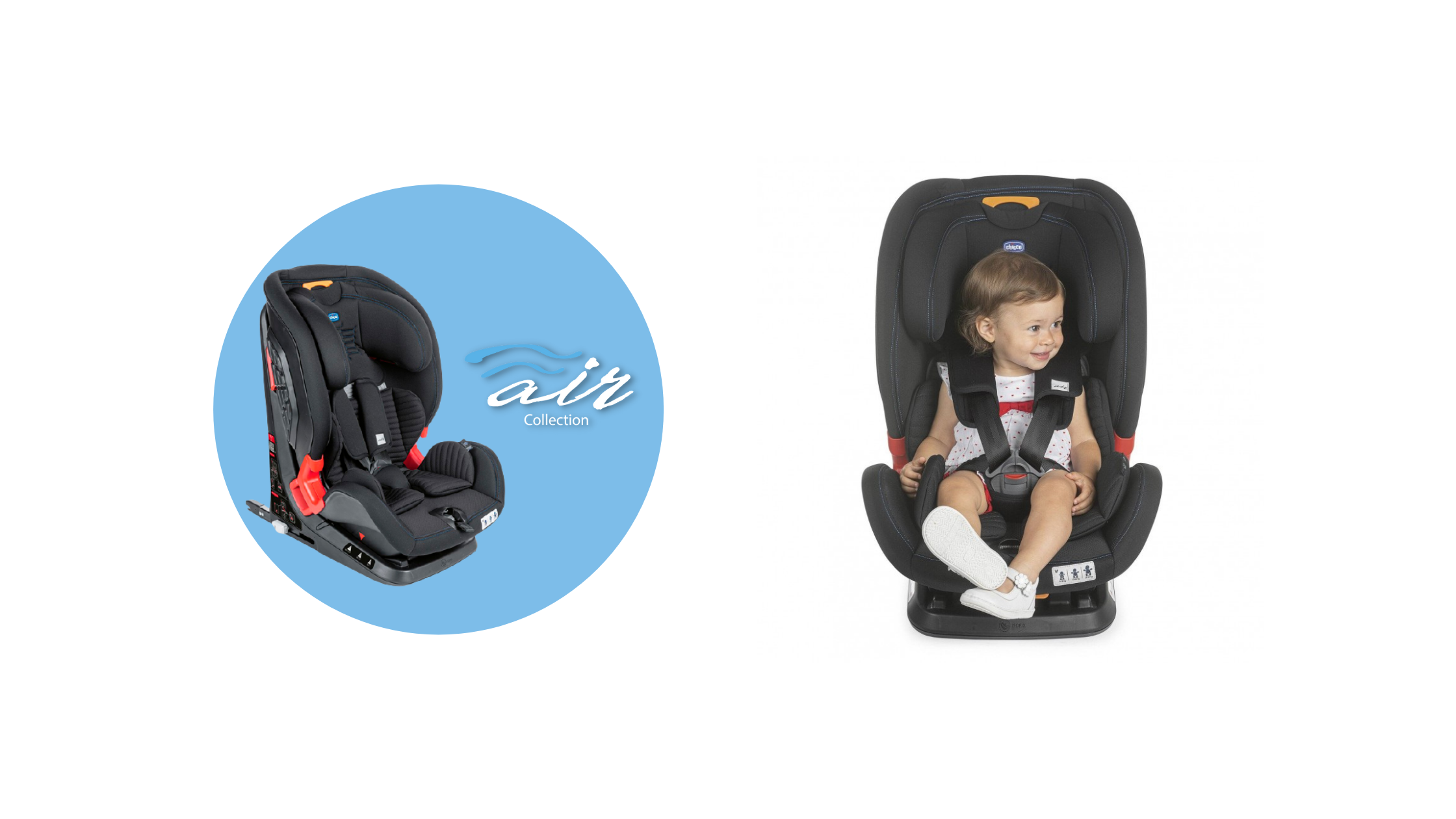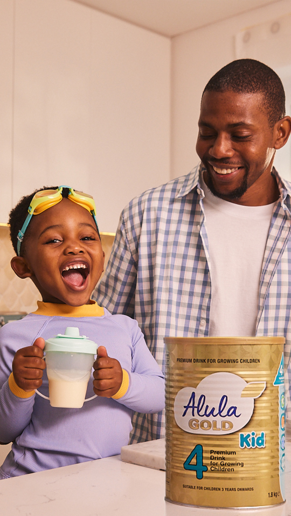The tiny tummies of busy little bodies mean that frequent eating is a must for babies and toddlers. Healthy snacks between main meals are a great way to help your little one reach their energy and nutrient needs each day, which is why we’ve come up with a range of fun and creative snack ideas to form part of your baby and toddler’s diet. Fruity Fiesta Quick, easy, and big on nutrients, fruit is nature’s original fast food. Fruits contain vitamins, minerals, antioxidants, phytonutrients and fibre, highly nutritious for preventing illness and disease, and better overall health. Squish fruit purees for babies and age-appropriate soft whole fruits for toddlers are your number one snack option Apple Sandwiches: For older children, “sandwich” apple slices with nut butter or cream cheese. Apple Sauce Dip: Encourage toddlers to dip baby carrots into Squish 100% apple puree, or try any of their favourite Squish flavours. Berry and Cream Cheese Squares: As a snack, spread crème cheese on wholewheat bread and top with diced strawberries or raspberries. Cut into squares. Cinnamon Orange Slices: Slice oranges or cut into wedges and sprinkle with cinnamon. Fruit Kebabs: Skewer small diced fruit (e.g. apple chunks, banana, peach slices, berries, etc.) onto a kebab stick. Dust with cocoa powder or cinnamon and dip into baby’s favourite Squish 100% fruit and veg puree. Fruit Popsicles: For a summer treat, blend fresh fruit of choice or with Squish Summer Berries fruit puree and some water. Freeze in lollipop molds. Legen-dairy Dairy products like milk, yoghurt and cheese pack a powerful punch as part of our children’s daily snack choices. In fact, studies have shown that yoghurt-loving children have healthier weights. It is generally advised that children stick to full cream dairy options because of their higher energy needs. Squish has a new range of 100% fruit and veg purees: Apple, Sweet Potato & Sweet Corn or Pear, Mango & yoghurt and Sweet Potato, Apple & Cinnamon. Perfect for a meal or a snack anywhere, at home or on the go. Free from preservatives, colourants and flavourings, and with 8 tasty options to choose from, you can rest assured you are giving your baby or toddler a filling meal or snack that they are bound to enjoy. Here are some ideas on how to add dairy as a snack to your child’s diet: Smoothies: Blend fruit with Squish fruit and veg purees with yoghurt to make interesting smoothies, such as banana and dates, or berries and beetroot. Thin with milk to serve as smoothies for toddlers or keep thicker to spoon feed to younger babies. Cracking Crackers: Spread cream cheese or cottage cheese on wholewheat crackers Frozen Yoghurt: Freeze Squish fruit and veg purees with yoghurt for a chilled snack on a hot summer’s day, with or without blended fruit. Also the perfect way to ease sore gums when your baby is teething. Egg-cellent Eggs No food is as versatile as the humble egg. An American study reported that early introduction of eggs to a child’s diet can significantly improve their growth. This is because eggs are high in good quality protein, with 7g of protein per egg containing all the essential amino acids the body needs for good health at all ages. Eggs also contain nutrients like vitamin B12, biotin, selenium and manganese, and a source of vitamin D and iodine. If you’re worried about introducing potential food allergens to your child, consult with a paediatric healthcare professional for more advice. Scrambled Egg: For younger babies, keep it soft, simple and scramble an egg with pureed veg like butternut, carrot, sweet potato, or gem squash as a snack. Try adding a few spoonfuls of baby’s favourite Squish veg puree, a clever way to incorporate veg into baby’s diet! Egg Muffins: Egg muffins are a winner as a finger food for older babies and toddlers. Scramble a few eggs with a good portion of small diced veg, like carrots, baby marrows, spinach, red onion, mushrooms, and the like. Pour into a greased muffin pan and bake until set at 180C for about 10 – 15 minutes. Store in a sealed container in the fridge for up to five days. French Toast Fingers: Scramble one egg with a dash of milk, vanilla essence, and cinnamon. Dip one slice of wholewheat bread and fry up in a hot pan. Sliced into smaller pieces or fingers, this is a good snack idea for toddlers for hand-eye coordination. In these financially challenging times, eggs offer a cost-effective meal or snack option with excellent nutritional value for your money Fabulous Fats Healthy fats like avocado, olives, nuts (if your child is not allergic), and their oil contain more energy than carbohydrates and protein, helping our busy little bodies meet their growing needs. Healthy fats provided by foods such as avos, olives, nuts and nut betters help keep the immune system strong and provide essential fatty acids for healthy eyes and brain development. Nut Butter Fingers assuming no nut allergies: For older babies and toddlers, spread some sugar-free nut butter (e.g. peanut, macadamia, almond, etc.) on wholewheat toast. Slice into fingers and serve. Chocolate Pudding: Blend together 1 banana, ½ avocado and 1 tsp cocoa powder. Avo Cream Cheese: Blend together 1 avocado and 1 tub of cream cheese. Serve as is to younger babies or as a spread on wholewheat toast or high fibre crackers for toddlers. Since fats are high in energy, drizzling olive oil or avocado oil over meals is a good way to help smaller babies and toddlers who need to pick up some weight. For a convenient and tasty meal or on-the-go snack, why not try Squish 100% fruit and veg puree and Squish pressed 100% fruit and veg juices? Squish offers a range of 100% fruit and veg purees and pressed 100% fruit and veg juices. The convenient pouches are well-loved amongst mommies and are perfect for babies from the first introduction of solids, right through the weaning process – from



































